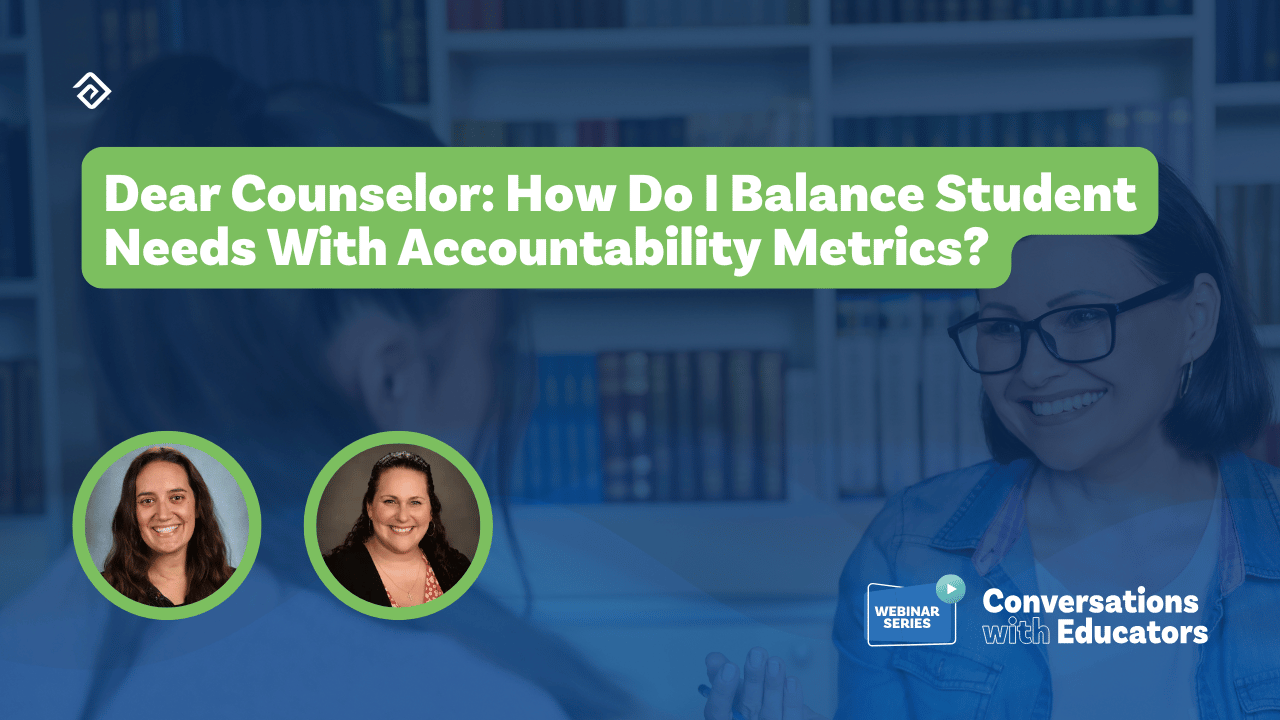What Is The Danielson Group’s Framework for Teaching?
Effective teaching methods and their evaluation are important for both student and institutional success. Yet, ensuring your educators use essential practices for great teaching can be easier said than done. That's where The Danielson Group’s Framework for Teaching comes in, offering a valuable tool to enhance your school’s approaches and instructional outcomes.
Read on for a deeper understanding of The Danielson Group’s Framework for Teaching, how it works, and how your school can implement it successfully — ultimately driving teaching excellence and creating a thriving educational setting.

Understanding The Danielson Group’s Framework for Teaching, Its Origins, and Educational Impact
If your institution aims to boost teacher effectiveness in the classroom environment, The Danielson Group’s Framework for Teaching might be the tool you need. It provides a structured approach to developing and evaluative effective teaching methods, leading to improved instructional outcomes. But where did this method originate?
Charlotte Danielson developed The Danielson Group’s Framework for Teaching in 1996 to promote meaningful discussions about effective teaching practices. With her extensive background in education, Danielson aimed to create a system that captures the complexity of teaching and provides clear guidelines for instructional improvement. The Framework identifies key aspects of a teacher's professional responsibilities that research has shown to enhance student learning. As a pioneering tool in the field, it has remained relevant as a strong foundation, and has been revised to include new research.
Exploring the Structure of The Danielson Group’s Framework for Teaching
The Danielson Group’s Framework for Teaching is divided into four Domains, each of which includes specific components that define high-quality teaching. They allow school leaders to implement a reliable and consistent method for evaluating teachers, emphasizing professional growth rather than punitive measures. In an environment where teachers receive constructive feedback, they can continuously improve — which shapes more effective teaching and student learning experiences.
Let's dive deeper into each Domain of this teaching framework:
1. Planning and Preparation
Teachers focus on planning lessons to meet diverse student needs. This involves knowing students, setting goals, designing assessments, and adapting materials for more engaging learning experiences.
2. Learning Environment
This domain emphasizes the learning environment and how to create the culture for learning in our classrooms evident in classroom observation and improvement. The components here focus on positive student relationships and behaviors, physical spaces that support instructional purposes, and teacher-student interactions. As a result, your school creates a positive, inclusive atmosphere that boosts student engagement and collaboration.
3. Learning Experiences
Here, the focus is on instructional methods meant to foster critical thinking and problem-solving skills through diverse, interactive, and engaging exercises and assessments. That way, your instructors better accommodate various learning styles to maximize student participation.
4. Principled Teaching
The final domain centers on teachers' professional behaviors and values, promoting ethical conduct, reflective practices, and collaboration. This helps your school promote ongoing improvement in teaching methods.

The Key Benefits of Implementing The Danielson Group’s Framework for Teaching
Adopting The Danielson Group’s Framework for Teaching for a more structured approach to professional learning and teacher evaluation offers several advantages for your school:
- Improve teaching effectiveness: A systematic technique for instructor evaluation can help your school promote teacher growth and student success.
- Promote professional growth: The Danielson Group’s Framework for Teaching provides clear guidelines and a common language for educators to strengthen their instructional practices.
- Enhance classroom management and collaboration: Improved evaluation leads to better classroom management; not to mention improved collaboration among your teachers.
- Encourage student engagement and achievement: More dynamic and interactive learning experiences encourage both student engagement and achievement.
- Drive institutional improvement: Consistently improving teacher leadership and practices elevates your school's reputation.
- Align with educational standards: Simplified structure ensures better consistency and quality across your school’s practices.
Practical Strategies for Putting Teaching Tools Into Practice
So, why is it still important to consider The Danielson Group’s Framework for Teaching today? According to research from Brown University, efforts to adopt major reforms to teacher evaluation systems throughout the country still aren’t doing enough to drive student achievement. The outcomes of these reforms are thought to be limited by five key factors:
- Political resistance.
- Decentralized structure.
- Resource limitations.
- Limited applicability.
- Lack of compensatory compensation.
Considering these challenges, let's explore some best practices your school can adopt to implement and maximize the value of the Danielson Framework:
- Clear communication and training: Start by making sure all relevant stakeholders are on the same page regarding the purpose and goals for using The Danielson Group’s Framework for Teaching. This generally requires training sessions that help familiarize educators and administrators with its components and expectations.
- Integration with existing processes: Make the Framework a natural part of your existing evaluation process. Aligning it to your school's goals and teaching methods helps it feel like a seamless addition and maximize its impact.
- Proactive problem-solving: You might run into a few bumps along the way, such as resistance to change. Establish channels for ongoing feedback and dialogue to tackle these challenges head-on.
- Seek input from experienced educators: You can always reach out to teachers who've successfully implemented the Framework for guidance and best practices. Their insights can offer helpful perspectives to navigate the process with ease.
- Leverage technology: Consider using digital platforms to help you streamline documentation, collaboration, and communication related to the Framework. This is an effective way to collect and analyze data, share information, and stay organized throughout implementation.

Empowering Education With Improved Teacher Evaluation
Great teaching is the cornerstone of students' futures, and The Danielson Group’s Framework for Teaching provides educators with a valuable roadmap to reach new levels of instructional excellence. As you embark on this journey, Education Advanced is here to offer tailored solutions for teacher evaluation and beyond — supporting your efforts every step of the way.
Our Evaluation solution is designed to streamline your staff evaluations while facilitating teacher growth through data-driven insights. Enjoy customizable portals and efficient documentation processes that enhance teaching practices and ultimately elevate your student learning outcomes.
Ready to get started? Schedule a risk-free demonstration today.
More Great Content
We know you'll love






